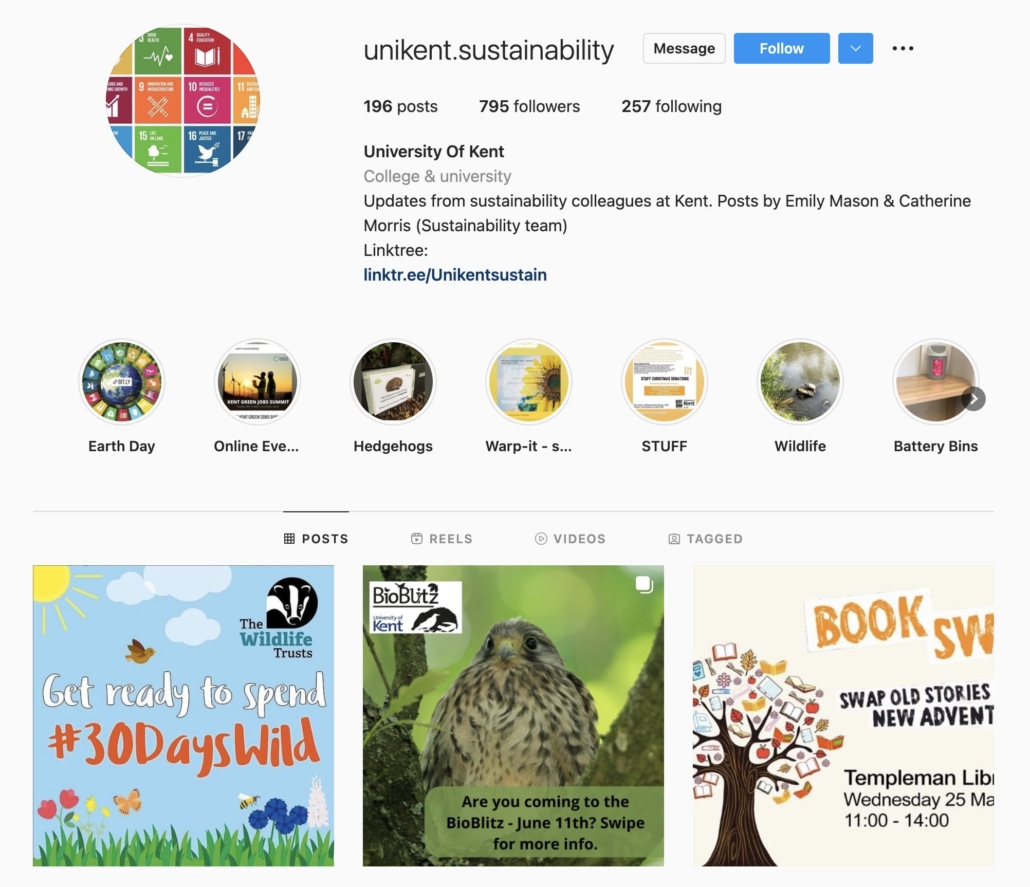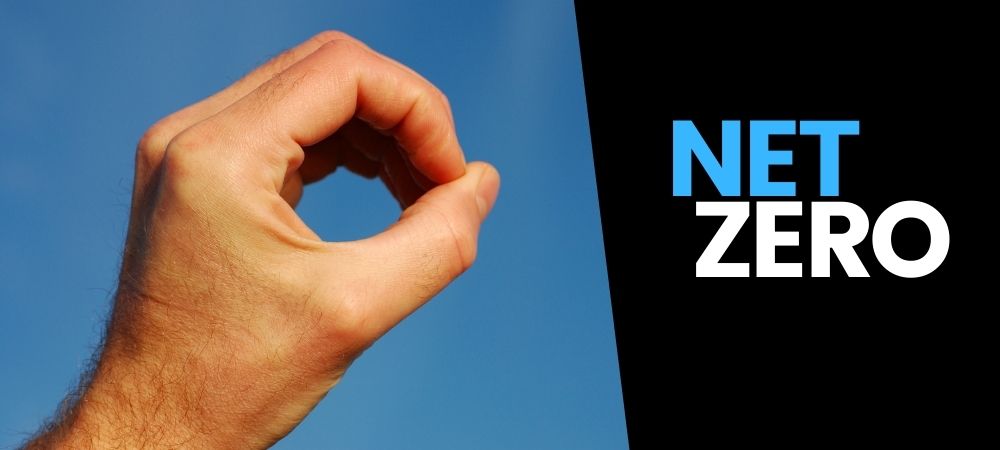From rising temperatures and raging wildfires to damaging floods and storms, the impact of climate change is being felt around the world in a myriad of ways.
According to The Paris Agreement, we need to limit global warming to 1.5 degrees Celsius compared to pre-industrial levels to avoid even more catastrophic effects on our ecosystems. This means halving global CO2 emissions by 2030 (from 2010 levels) and reaching net zero by 2050 at the latest.
A number of organizations have already committed to net zero, including higher education institutions. Whether you’re a part of a traditional college or vocational skills training school, your institution has a role to play in the race to net zero.
It’s important to embrace low carbon initiatives for the sake of the planet – and, importantly, your institution’s future success. The environment ranks highly on today’s agenda, and failing to commit to net zero will leave you at a competitive disadvantage.
Today’s students value sustainability
In order to compete, higher education institutions need to appeal to the interests and concerns of students. And the fact is: Gen Z students care about the environment.
Is your institution doing enough to reach net zero by 2050? Are its stakeholders – including those currently in the application pipeline – aware of your efforts?
As places of learning and innovation, colleges are well-positioned to lead the way in tackling climate change. But some are still falling short of the mark.
In a bid to find out about students’ experiences of sustainability and education, SOS International invited colleges and student organizations to distribute a survey.
Over 7,000 people from across 100 higher education organizations around the world took part. Here are some of the key insights:
- 92% agreed that universities and colleges should actively incorporate and promote sustainable development.
- 40% reported low or no coverage of sustainable development in their program.
- 90% said they would be willing to accept a salary sacrifice to work in a company with a good environmental and social record.
- 75% said they are “worried” about climate change and their future.
Identifying your net zero initiatives
Before marketing your net zero initiatives to applicants in the admissions cycle, you need to first identify what you’re currently doing to make a meaningful contribution.
What you shouldn’t do is “greenwash.”
Greenwashing is when an organization says it’s being environmentally conscious for the sake of marketing, without actually making any net zero efforts or gains.
Can you use your college’s “green learning,” “green infrastructure” or “green culture” initiatives in your brand’s storytelling? Even if you can’t relate to what the higher education institutions mentioned below are doing, they could inspire your next move.
1. Green learning
Highlight how you’re embedding sustainability into learning opportunities for students. Applicants want to know how they can participate in the fight against climate change.
Take the University of Gloucestershire, for instance. It builds sustainability into its programs in a number of ways.
For example, as part of a Social and Environmental Accounting module, students reviewed some company sustainability reports (including the university’s). They evaluated how well they performed against “the triple bottom line of environment, society, and economy and how we assess the true costs of doing business.”
You can attract students by extending your reach beyond the campus environment too. University of Reading’s #ShowYourStripes campaign is one example of this approach.
Ed Hawkins, a professor of climate science at the university, developed a graphic composed of 100 thin bars of colors that symbolize global warming.
He shared it far and wide on Twitter and it ended up inspiring a number of product designs – in the US, TV weather forecasters wore climate stripes-themed badges, ties, and necklaces to celebrate the June 2018 summer solstice, for instance.
After showcasing the scientific research behind the image and creating showyourstripes.info, a website enabling people to see warming stripes images relating to where they lived, the university ran a Made at Reading campaign to highlight its environmental research expertise and commitment to sustainability.
#ShowYourStripes formed part of the campaign. Stripes graphics were created for 200 countries and were downloaded more than a million times within the week.
Now, think about your own college.
Whether you help run a construction school or a nursing college, have any of your academics or tutors come up with sustainable solutions or theories to solve problems in their specialty? Prospective students would love to know.
2. Green infrastructure
While there’s value in educating the future workforce and leaders on how to become more sustainable, your messaging won’t resonate as profoundly if your college isn’t also taking steps to make its campus and operations more energy efficient.
Here’s how three colleges are tackling climate change on campus:
- In the US, North Carolina-Chapel Hill is running a Three Zeros Environmental Initiative. This strategy is designed to move the campus toward “water neutrality, zero waste, and greenhouse gas neutrality.”
- In the Netherlands, Wageningen University & Research operates on its own renewable energy generated by windmills, solar panels, and Aquifer Thermal Energy Storage. Its aim is to create more renewable energy than it consumes.
- In Ireland, the University College Cork (UCC) launched Ireland’s first single-use plastic-free cafe in its Biosciences Institute. Within just three months in 2018, it had prevented 20,000 disposable items from going to waste.
3. Green culture
Promoting your campus’ sustainability-first culture can also help you differentiate your college from the competition. The University of Oregon is just one example of a college that has nurtured a “green culture” on campus.
There’s a free seed library that students can use, a community garden, and the dining halls are stocked with in-season food from local farmers.
Portland State University is one of the greenest schools in the US. Students can get involved in its Emerging Sustainability Leaders program which comprises workshops and events, volunteering, and various work placement opportunities.
…And check out this Instagram account run by sustainability colleagues at the University of Kent:

Promoting your own sustainability initiatives
Net zero-focused colleges don’t shy away from promoting their sustainability strategies, and it’s easy to see why. Students want to study and graduates want to work at places that are mindful of the impact they have on the environment.
Include details of your own initiatives and targets in your marketing and recruitment materials, including your higher education admissions email workflows.
Even seemingly small details can make a big impression. For instance, if you have cycle paths and bike storage on campus, let your applicants know.
You could also create a content hub on your website or blog dedicated to your net zero strategies. Make the content clear, informative, and engaging, and enrich it with keywords so that when a prospective student searches for your college’s stance on carbon emissions and climate change, they will find what they’re looking for easily.
Look beyond your institution to the workplace too. The International Labor Organization (ILO) estimates that 24 million jobs worldwide could be created by the green economy by 2030. How is your college contributing to this growing market?
Nontraditional students in particular want to know that studying with you will accelerate their careers. Will you help them contribute to the green economy?
Linking up with other organizations
When it comes to marketing your net zero strategies, you don’t have to go it alone.
Could you leverage your network to get your story out to more people? The video above, for example, is the result of a collaboration between the University of Reading and the Royal Meteorological Society in the UK.
In 2019, King’s College London ran a very successful collaborative campaign designed to highlight the impact of air pollution, based on research it had carried out.
The campaign was so successful it garnered 3,884 pieces of media coverage and nearly 7,250 social media and blog posts.
The university didn’t have any funding for its campaign and decided to collaborate with companies, government bodies, and charities to get the word out.
Among other things, King’s College London partnered with 15 health and environment NGOs to present research stories on the health impacts of air pollution and developed an interactive map that commuters could use to see pollution levels at stations.
Having the right higher education CRM technology in place will also help you spread the word. LeadSqaured lets you create hyper-personalized marketing campaigns – including high-converting email marketing and landing pages – that engage applicants and ultimately have the potential to increase enrollments.









